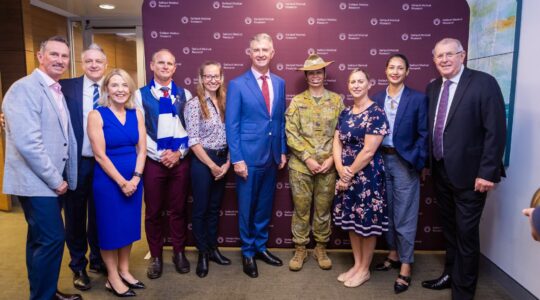The majority of medical students with a rural background would prefer to work in the regions, prompting a call for increased investment in rural medical.
New data from Medical Deans Australia and New Zealand showed 62 percent of students who grew up outside cities, expressed a preference to work in regional centres, rural towns, or remote areas.
National Rural Health Alliance (NRHA) Chief Executive Susi Tegen said the research also showed students who undertook rural placements longer than one year were 10 times more likely to prefer rural practice than those without such experience.
“The data is clear. If we wish rural communities to have doctors, nurses and allied health professionals, we need to train them where they are needed,” Ms Tegen said.
“Supporting rural medical, nursing and allied health students in their studies and building up capacity to train rurally would help address the ongoing health workforce crisis in rural, regional and remote areas.”
She said stronger investment included support for both tertiary and secondary education, ensuring students were exposed to the rural healthcare sector early and could envision a future in rural health.
“Rural secondary and tertiary education institutions must be properly resourced to inspire students to pursue health careers. Rural students wish to serve their communities, especially those of Aboriginal background, where cultural relevance to Indigenous communities is particularly important in areas with a high Indigenous population.
“We need to back them with the right training, support and funding.”
Ms Tegen said many rural Australians were already going without access, due to the shortage of health professionals, particularly in areas with a population between 2000 and 16,000.
“Unless we act now, this situation will only worsen.”
She said government also needed to address broader issues such as infrastructure, housing, and community support to retain the health workforce in rural areas.
Read the full Medical Schools Outcomes Database 2025 National Data Report.








